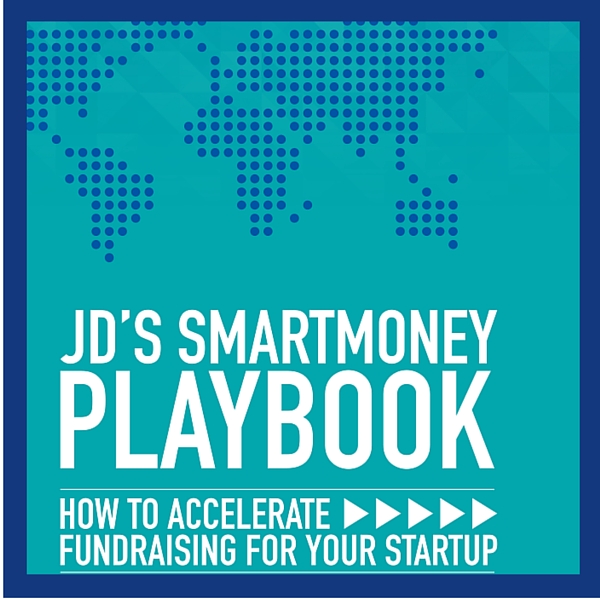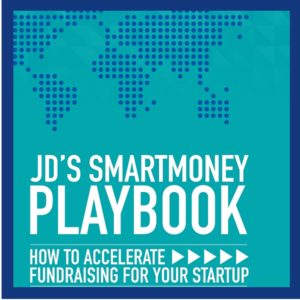Perhaps you’ve been frantically trying to raise money for your startup, but you can’t figure out why your investor pitch isn’t working. If that’s the case, join me on a quick elevator ride so that I can help you.
You probably know what an elevator pitch is. It’s a compelling synopsis of your story to share with a listener in the time it takes to get from the bottom to the top floor in an elevator. It should be crisp, clear and no longer than 30 seconds. So you really need to hone it down over time. If you need help understanding how to craft this, this elevator pitch article should help.
Your elevator pitch needs to be so well crafted that you get a 95% positive response rate. By that I mean the investor should respond to your pitch with either, “tell me more” or “how do you do that?” 95% of the time.
Remember, the goal of the elevator pitch is not to fully explain what your company does. The goal is to get an investor interested enough to want to learn more.
What I’m talking about is “Engagement.” You want your pitch to get someone’s attention so that you can begin a meaningful, two-way dialogue with them. Keep in mind that your goal is NOT to explain your entire business to them. Your goal is to be invited to a meeting in their office.
Entrepreneurs sometimes have a tendency to get really excited that an investor is listening to them and they tend to verbally vomit on the investor.
By verbal vomit, I mean the entrepreneur rambles on with an incoherent pitch that takes up too much of the investor’s time. Sometimes it’s at a conference where other entrepreneurs are waiting behind the rambling CEO to speak with the investor. If you have been guilty of this, don’t sweat it. It happens. But there’s a time and a place for everything, and good entrepreneurs know how to read the signals.
 If there’s a line of five people behind you waiting to get the investor’s business card and you continue talking without noticing this, you’re not making a good impression with that investor.
If there’s a line of five people behind you waiting to get the investor’s business card and you continue talking without noticing this, you’re not making a good impression with that investor.
I’d rather spend 30 seconds with an investor and get them to agree to take a meeting, rather than squeeze five minutes of their time in a crowded hotel ballroom to hear more of my pitch, when they really aren’t paying attention anyway.
I describe how to find the right investors in the SmartMoney Playbook. It’s free, and you can grab it here.
Your goal is to get the meeting. So learn how to throw out teaser information that will get them to know more. Then you can end up with an hour in your target investor’s conference room, which is what you really need to move the deal forward.
The same thing holds true for the emails you’re sending out. When you send an email along with a one-page executive summary attached, your goal is not to explain every aspect of your business. Instead, your goal is to leave them wanting more. Your real goal is to get a meeting.
Crafting Your Investor Pitch
Once you have a pitch meeting scheduled and you’ve done your homework, you have to make sure that your team’s overall presentation is effective. I personally prescribe to the Guy Kawasaki 10/20/30 rule. You probably know that Guy was one of the early players at Apple Computer, and he’s a legend in Silicon Valley.
The 10/20/30 rule simply states that your presentation should:
- use 10 slides,
- last no longer than 20 minutes, and
- not use anything smaller than a 30 point font.
Simple to understand? Yes.
Easy to accomplish? No, not really.
I can tell you flat out that following these rules is easier said than done. But I can also promise that, if you follow them, you’ll be much more successful in your investor pitch meetings.
Of course, you can (and probably should) add a number of supporting slides to refer to in the Q&A section, but keep these “hidden” in the back of the deck. Your core presentation should be limited to 10 slides, 20 minutes and a 30 point font.
The main reason for this is you want your pitch to be interactive rather than a one-way information dump from you. After all, investors are humans, and humans have short attention spans.
If you have 30-40 slides full of small text and your team tries to cram too much information in, it won’t leave much time or room for questions. In that case, you probably won’t get a term sheet and are likely to hear the three words you don’t want to hear when trying to raise money.
The Three Goals of an Investor Pitch Meeting
Most entrepreneurs fail to recognize the number one goal of an investor pitch meeting. That is to connect with the investors and create a two-way dialogue. This is critical for you to stimulate real interest in your deal.
You want to give them the basics of what your business is, who your customers are, the background of your management team, how big the market is and why you have a distinct competitive advantage.
If you cover those things and pause long enough for them to start asking questions, you’ll establish a dialogue between you and the investor.
The second goal is to begin building a relationship. If you connect and establish a dialogue, you’ll lay the foundation for establishing a trusting relationship. The investor will likely want to get to know you and your team better.
The third goal of any pitch meeting is to get another meeting.
In most cases, you’ll have several meetings before talking about a term sheet. If they like your first meeting, the investor will have their team conduct research on your product, your company, your team, your competitors and so on. Then they’ll want to have another meeting to drill deeper into specific questions.
That’s what you want. If you get that response, your pitch was a success. Just be sure that you’re targeting the right investors and screening investors prior to taking that first meeting.
How is your investor pitch working?
Join Us in a 30-Day Sprint for SmartMoney.
Our sprint program kicks off October 3, 2017 and is reserved for those who are poised and ready to take action to accelerate their path to funding. Sign up here to get on our wait list.








Pingback: What You Want Your Executive Summary to Achieve - JD Davids()